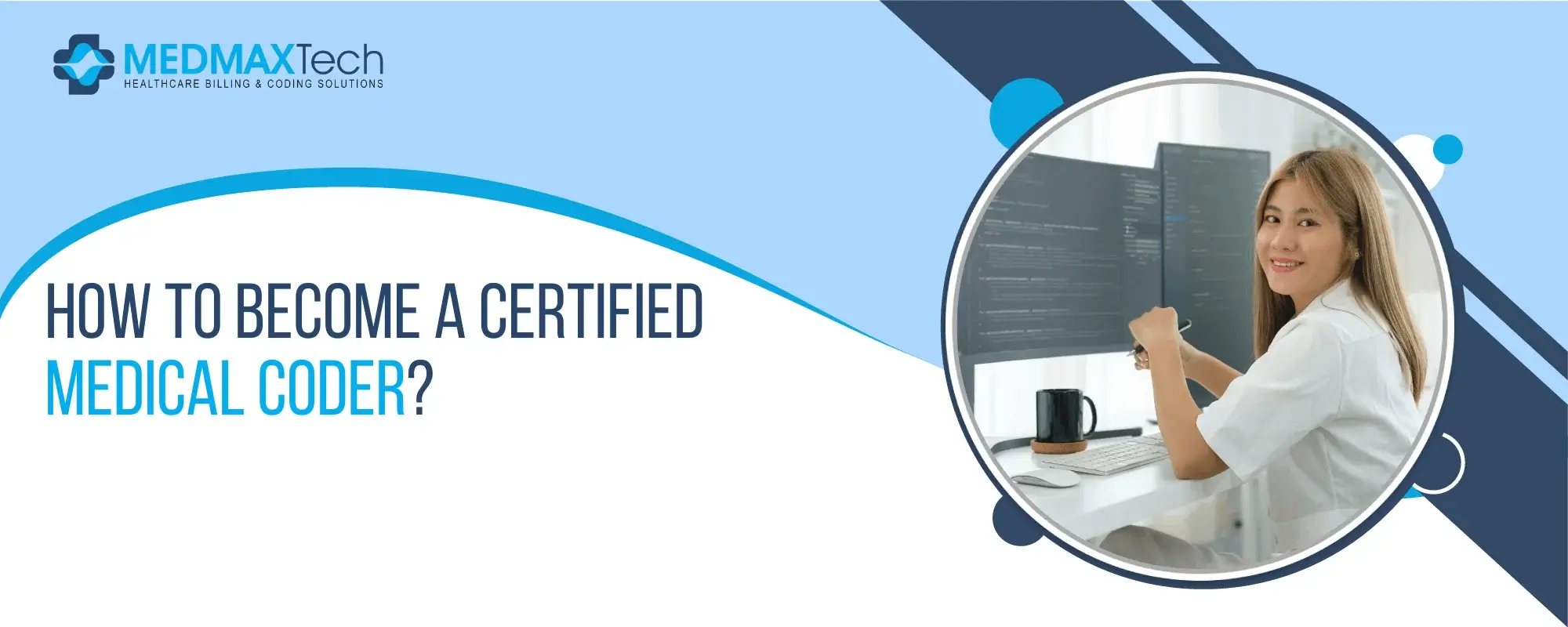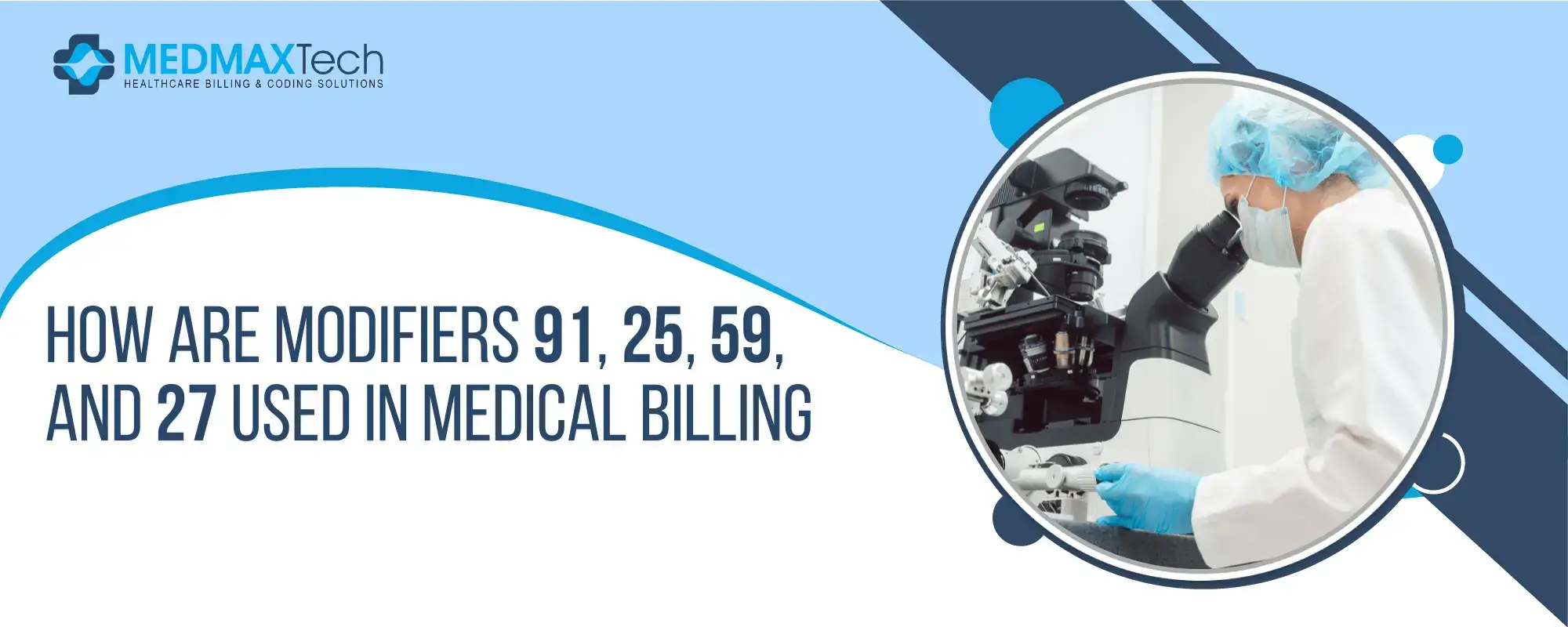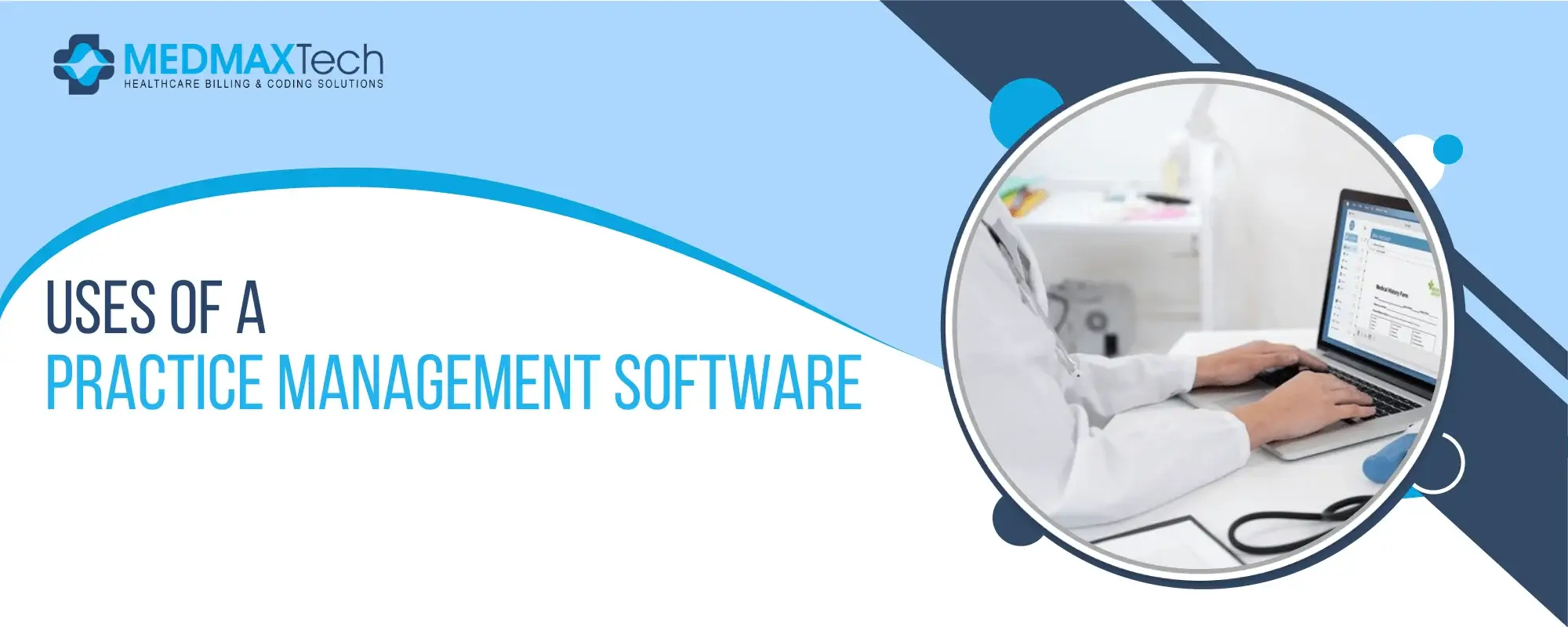
How To Become A Certified Medical Coder?
A certified medical coder carries the process of translating a medical record to the appropriate code in the medical billing system. Medical billing systems use codes to report charges for services rendered. The appropriate codes are assigned based on the diagnosis, procedures, and other information reported in the patient’s medical records.
Medical Coding is a complex process that requires extensive knowledge of anatomy and physiology, as well as the proper use of medical terminology. Many physicians are not trained in medical coding, which is why it is important to find a company that provides quality medical coding services.
WHAT IS Certified Medical Coder (CMH)?
Certified Medical Coder (CMC) is a designation of the American Health Information Management Association (AHIMA) which allows individuals to use the title Certified Medical Coder. Medical coding is the process of assigning a code to each diagnosis and procedure in a patient’s record.
It is also known as the International Classification of Diseases (ICD), which has been used for over 60 years. This allows hospitals, insurance companies, and government agencies to track data on patients who are hospitalized or treated in an outpatient setting.
Step-by-Step Guide to Becoming a Medical Coder
1. Post Secondary Education
After high school, aspiring medical coders have three main options for their undergraduate education: a certificate program, an associate’s degree, or a bachelor’s degree.
The first two are designed for people who want to work as a medical coder but do not necessarily want to go to medical school. The third is the most common path to becoming a medical coder. The medical coding career field has been booming in recent years. The Bureau of Labor Statistics (BLS) predicts that employment opportunities will continue to grow, with an average annual growth rate of 9% from 2012 through 2022. Medical coders are responsible for entering medical information into computerized records systems to help doctors and other health care providers make accurate diagnoses and prescribe appropriate treatments.
The goal of a certificate program is to provide an excellent foundation for future career advancement. The certificate programs are:
- Basic Certificate in Medical Terminology
- Basic Certificate in Medical Office Management
- Certificate in Medical Coding (ICD-10)
- Certificate in Medical Billing
- Certificate in Medical Office Administration.
Each of these certificate programs consists of six to eight courses that cover the essential information needed to get the job done. All courses must be completed within one calendar year.
2. Earn Preliminary Credentials (6 Months)
Almost all education programs for medical coders prepare graduates for basic credentialing exams. The first option CCA credential demonstrates that the holder has the knowledge and skills to code medical records. It also verifies that the holder meets the eligibility requirements to become a medical coder. In order to qualify for the CCA credential, the applicant must pass an exam on the Fundamentals of Medical Coding (FMC).
The second option is to obtain a Certified Medical Coders Associate (CMA) credential. This credential requires the same amount of work experience as the CCA credential but differs in its content and format.
3. Get Work Experience (1-2 Years)
Once new medical coders have earned their certificate or degree, it is time to step into the office and get to work. For an advanced degree (e.g., a master’s degree or a doctorate) because of interest in an area of medicine that requires additional training. For instance, the physician may be interested in emergency medicine, where the focus is on treating acutely ill patients in a variety of settings. In contrast, a medical coder may want to pursue a master’s degree in business administration to gain a more flexible work environment, as coding jobs are often located in office environments.
4. Continue Studying And Earning Additional Credentials (1-2 Years)
After you have obtained a certification in a medical coding system, you can continue to earn more credentials by continuing to study, passing exams, and demonstrating your mastery of the material through a series of tests. Some credentials are only available from certain medical coding schools or from a particular company. For example, some medical coding schools offer the CCS credential only.
5. Pursue Continuing Education (Ongoing)
CCS-P is the designation given to those who have completed the CCS curriculum and have successfully passed the CCS-P exam. The American Health Information Management Association (AHIMA) offers the following credentialing options for its members: Certified Clinical Coding Specialist (CCCS) — Certified Clinical Coding Specialist is the highest level of certification available. This credential requires the applicant to complete a total of 12 hours of continuing education. There are four components: 10 hours of education credits:
CONCLUSION
The registration fee includes the cost of the examination, but does not include the cost of the materials used in the examination or the cost of the NCRA membership. The CTR examination is an objective, multiple choice, computer-based test that consists of two parts: Part I (approximately 2 hours) and Part II (approximately 2 hours). Each part is scored separately; the total score is calculated as the sum of the two scores. There are a total of four multiple choice questions in each section, with one question in each. For more information, you can feel free to contact Med Max now!










